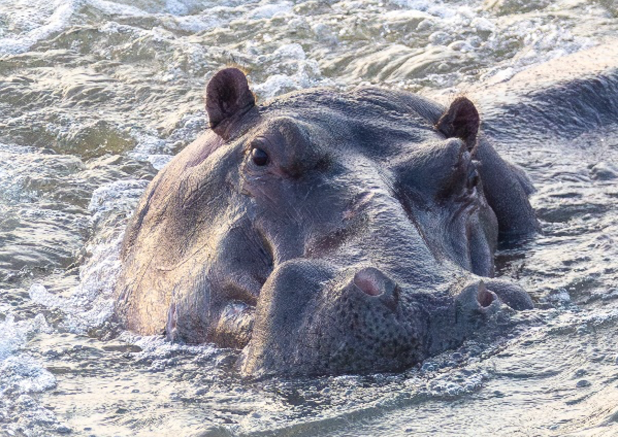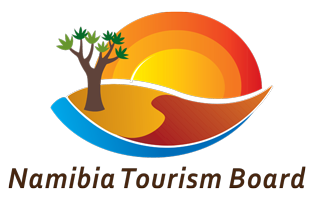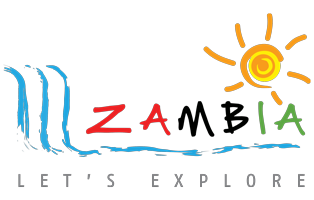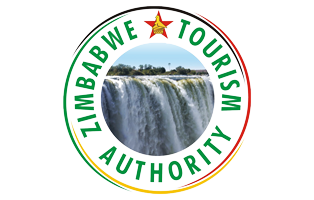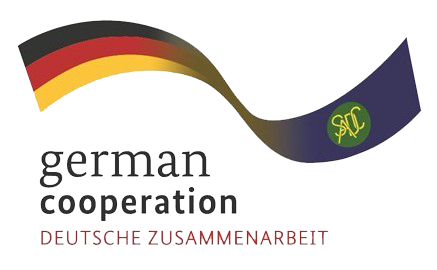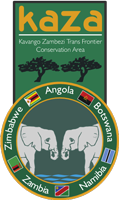Start from Kasane or Katima Mulilo
Arrive mid-afternoon at Caprivi Mutoya Lodge.
The lodge is located near Southern Africa’s largest Carmine Bee-eater breeding colony. Annually the Carmines come here to breed from end August to mid-November and there are up to 4000 birds at a time.
Guided village walking tour, where you will have a chance to interact with the community living there. Visit the villager’s homes, meet their families, and taste their traditional food. The tour will last 2 to 3 hours, so drinking water, wearing a hat, and using sunscreen are highly recommended.
Overnight Caprivi Mutoya Lodge.

Today will be your longest drive – approx. 300km from Katima Mulilo to Divundu.
Divava Okavango Resort and Spa offers 20 luxurious chalets with a large deck and bathroom. The chalets are located on a high river bank, giving you an incredible overview of the Okavango River. All rooms are air-conditioned and contain a spacious bathroom, bathtub and an indoor- and outdoor shower.
The resort is located in the Bagani area, close to Divundu and built on the Okavango River banks, near to the Popa Falls. The Mahango National Game Park is just a 10 minutes’ drive. You can also visit the Buffalo Game Park, which is only 20 minutes by car.
Take a boat trip down stream where you will see hippos, crocodiles, an enormous variety of Birdlife and much more! Our guide will tell you everything you wish to know about the amazing nature and wildlife in and around the river.
Just before sundown we cruise a bit further upstream from the lodge to the Popa Falls where we enjoy the sunset with some refreshments and snacks.
Overnight Divava Okavango Resort and Spa.
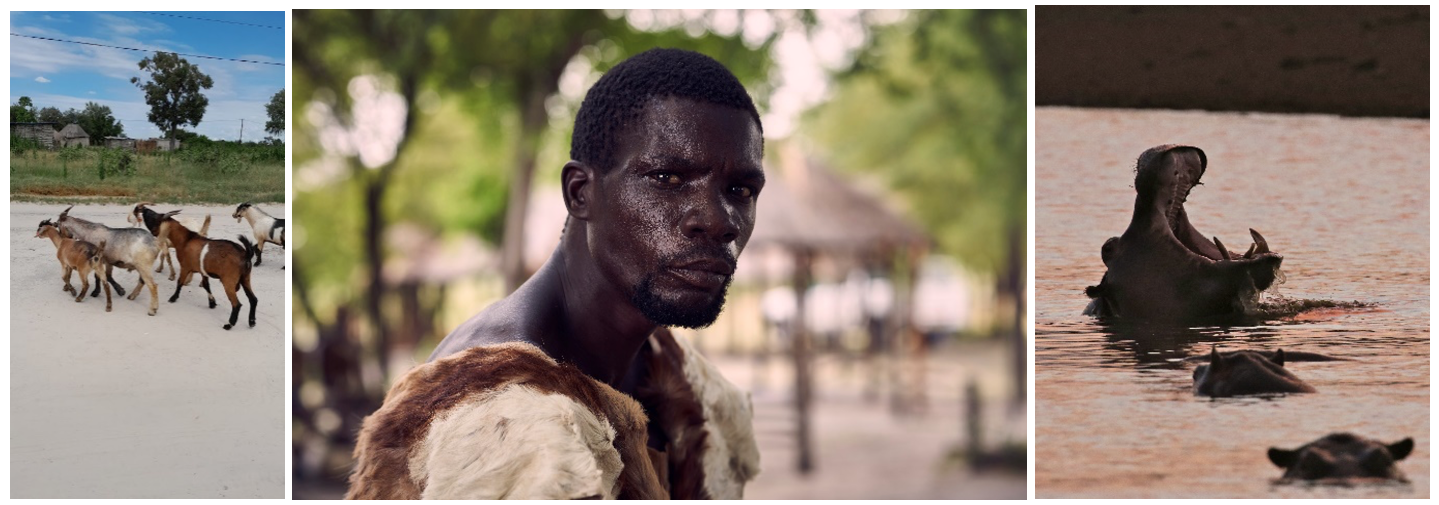
Drive to Khaudum National Park
The Khaudum National Park is vastly underrated. It’s a huge expanse of dry woodland savannah, open pans and wild river beds. In the dry season its permanent water holes are a magnet for large numbers of game. Tsessebe, roan antelope and red hartebeest as well as predators including lion, spotted hyena and wild dog. The elephant herds migrate from Botswana, can be seen in their hundreds.
Exploring the largely undeveloped 384,000-hectare Khaudum National Park is an intense wilderness challenge. Meandering sand tracks lure you through pristine bush and dry acacia forest and across Omiramba (fossil river valleys), which run parallel to the east–west-oriented Kalahari dunes. With virtually no signage, navigation is largely based on GPS coordinates and topographic maps, so visitors are few, which is precisely why Khaudum is worth exploring – Khaudum is home to one of Namibia’s most important populations of lions and African wild dogs, although both can be difficult to see.
Visit The Living Museum of the Ju/’Hoansi-San.
This museum was initiated by the Namibian tour guide Werner Pfeifer and the teacher Ghau N!aici from Grashoek and has been operated and managed independently by the San since July 2004. The museum consists of a few huts, but actually the focus is not on these but on the life of the San. They present their old, almost forgotten culture in traditional clothing in the middle of a beautifully reconstructed nomadic village. The San attach great importance to making sure that the old hunter-gatherer culture is presented exactly as it used to be and as authentically as possible.
Cross into Botswana and drive to Tsodilo Hills
The mystical and spiritual Tsodilo Hills rise out of the dry desert landscape, forming the highest point in Botswana. These hills are sacred to the San people of Northern Botswana and are adorned with over 4000 ancient San paintings. A visit to these hills affords one the privilege of being able to see and feel, however briefly, the essence of an ancient culture, fragile and increasingly threatened in the face of pressure from the Western world. https://africanrockart.britishmuseum.org/country/botswana/tsodilo/
Nxamaseri Island Lodge is a unique African experience on a private island in the permanent waters of Botswana’s Okavango Delta. A small, exclusive lodge, it is one of the oldest in the Okavango Delta. The distinct style of Nxamaseri Island Lodge showcases the beauty of the permanent swamp that is it’s home and subtly expresses the rich vibrance of the indigenous people.
Afternoon game activity and overnight Nxamaseri Island Lodge.

Depart Nxamaseri and head North by road, crossing into Namibia at Mohembo Border-post, and continue on to Bwabwata National Park.
The Caprivi Game Park and the Mahango Game Reserve were combined in 2007 to establish this national park. The park borders are defined by the Okavango River to the west, the border with Angola to the north, the Kwando River to the east, and the border with Botswana to the south.
Bwabwata National Park is home to rare endemic birds, large herds of elephants and everything in between, this is a unique conservation area which is off the beaten track.
Kazile Island Lodge is situated on a private island on the banks of the Kwando River, within the heart of KAZA. Kazile together with its sister lodge Nambwa are the only lodges to be uniquely situated within the Bwabwata National Park. The Lodge offers thirteen Meru tents nestled within a Mangosteen forest. The tents overlook the Kwando River as well as the expansive floodplains between the Island and the famous Horseshoe Bend.
Overnight Kasile Island Lodge.
Drive back to Katima Mulilo

 Angola
Angola  Botswana
Botswana  Namibia
Namibia  Zambia
Zambia  Zimbabwe
Zimbabwe 